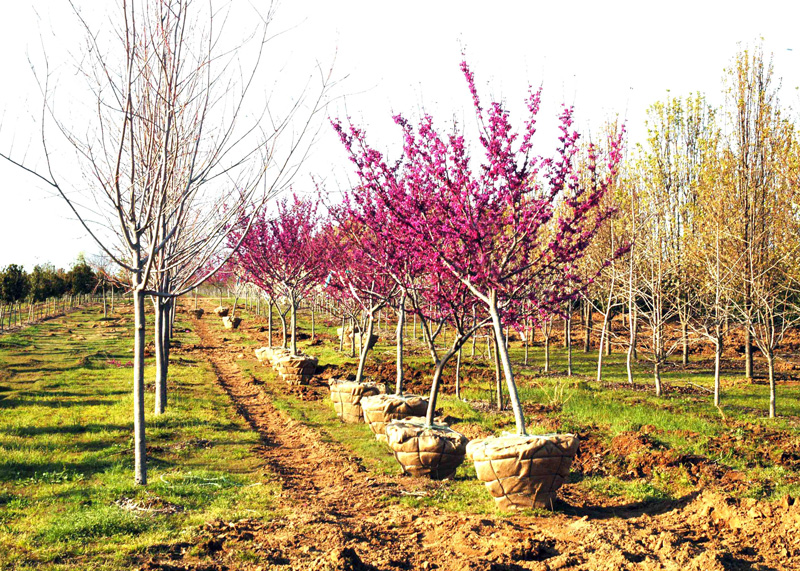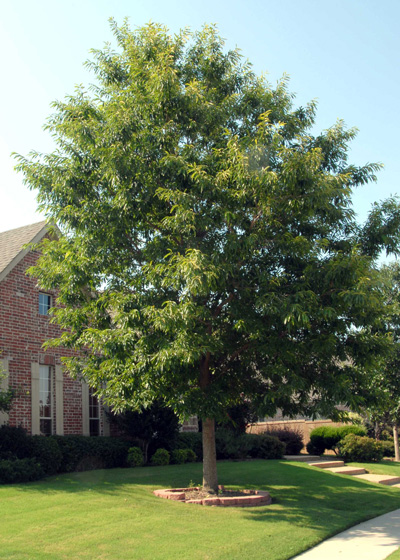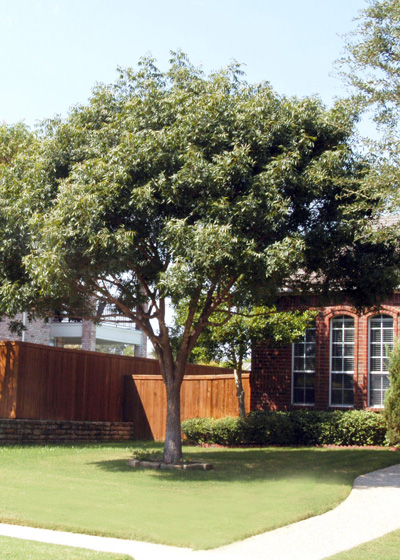Fast Growth Is Not Good Growth

People are determined that they must have “fast-growing” shade trees. This is, after all, Texas. Temperatures are high here and that summer sun beats down on our homes and landscapes relentlessly.
Fast growth is probably the worst possible “asset” a tree might have. Every fast-growing shade tree has at least one fatal flaw. Most have several, and for that reason, you can expect to have to replace them in as few as five or 10 years. You can make a list of all the fast-growing shade trees, and every one of them will have some kind of bad news you can tack up beside it.

The fact is that we have many handsome tree species that will grow two-thirds as fast as the racehorses, but that will outlive them tenfold. If you just give them the same amount of water and nitrogen that you’d give a fast-growing tree, these trees will grow almost as quickly.
Bur oaks, for example, are lovely, bold-textured large shade trees that are native to much of the eastern half of our state. That means that they have historical proof of their adaptability to Texas conditions.

And falling in right behind bur oaks, we have three other outstanding native oaks. Live oaks are spreading evergreen trees. Shumard red oaks are large, rounded trees that are noted for coppery red fall foliage (when conditions are right). Chinquapin oaks are river bottom trees that are equally suited to use in home landscapes.
If you’d like to “branch out” from the oaks, cedar elms are fabulous rounded to oval native elms. They have small leaves and thin twigs for an overall fine texture. They are, by far, the best of the elms. Pecans are our largest shade trees. If you have the room and deep soil, they’re great choices for Texas landscapes.

Our seventh and final entry into the “Best Large Shade Tree” competition is Chinese pistachio. It’s the only non-native tree on that list, but it’s a great choice worth considering.

If you step down one notch on the growth rate speedometer, you’ll find southern magnolias and ginkgo. These are beautiful trees, but they are decidedly slower that the other trees just mentioned. However, if you like their looks, you can hurry them along by buying larger specimens at the outset.
Those would be my suggestions for the best shade trees for large parts of Texas. There are other good choices for more localized regions. Your local Texas Certified Nursery Professional would be best able to advise you for very localized conditions.
